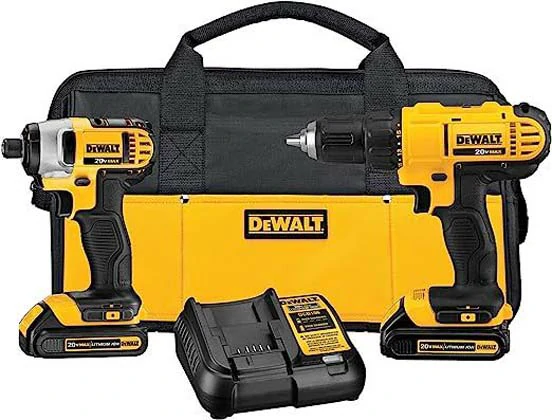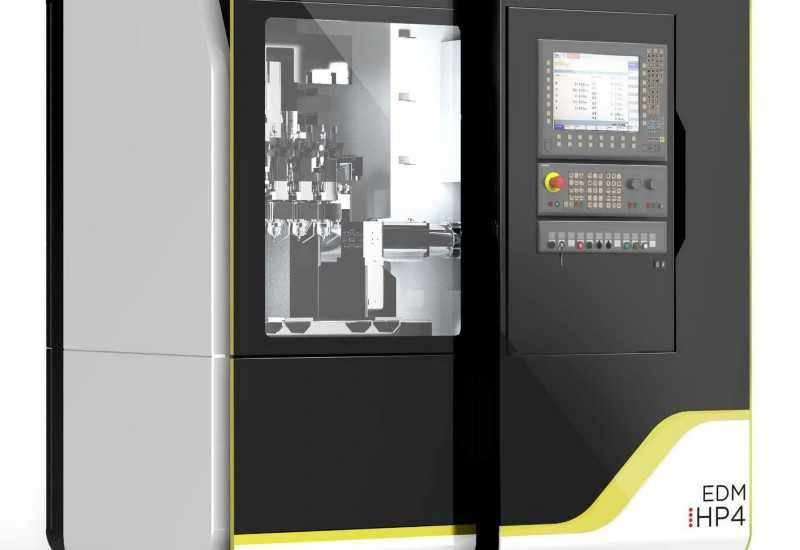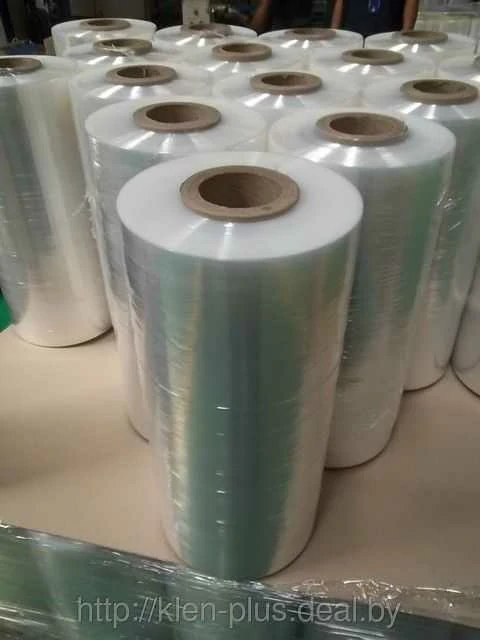Understanding the Importance of Tool Path in CNC Machining
Computer Numerical Control (CNC) machining has revolutionized the manufacturing industry, allowing for precise and efficient production of a wide range of components and products. At the heart of CNC machining lies the tool path, a crucial aspect that determines the efficiency, accuracy, and quality of the machining process. In this article, we delve into the significance of tool path in CNC machining and explore its various aspects.
The Basics of Tool Path
Before delving into its importance, 
Furthermore, the tool path plays a crucial role in controlling the surface finish of the machined part. By optimizing the tool path, manufacturers can minimize tool marks, burrs, and other surface imperfections, resulting in smoother and more aesthetically pleasing surfaces.

2. Efficiency and Productivity
Efficiency is another key aspect of CNC machining, and the tool path directly influences the efficiency of the machining process. By optimizing the tool path, manufacturers can minimize non-cutting time, such as tool changes, rapid movements, and dwell times, thereby increasing overall productivity.
Moreover, a well-optimized tool path can help reduce cycle times by maximizing cutting speeds and feeds while avoiding excessive tool wear and machine stress. This not only improves throughput but also lowers production costs by reducing energy consumption and extending tool life.
3. Machining Strategy and Optimization
Another important aspect of tool path is its role in defining the machining strategy and optimization techniques. Depending on the geometry of the part, material properties, and desired outcome, different machining strategies may be employed, such as roughing, finishing, and contouring.
Furthermore, the tool path can be optimized to minimize machining forces, vibrations, and tool deflections, which can affect both the quality of the part and the longevity of the cutting tool. Advanced simulation and optimization tools allow manufacturers to analyze and refine the tool



